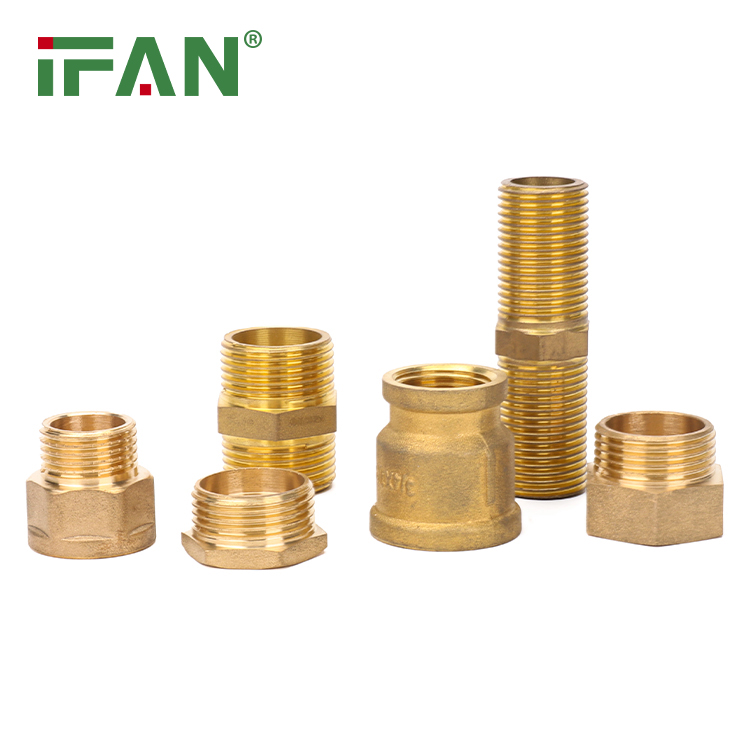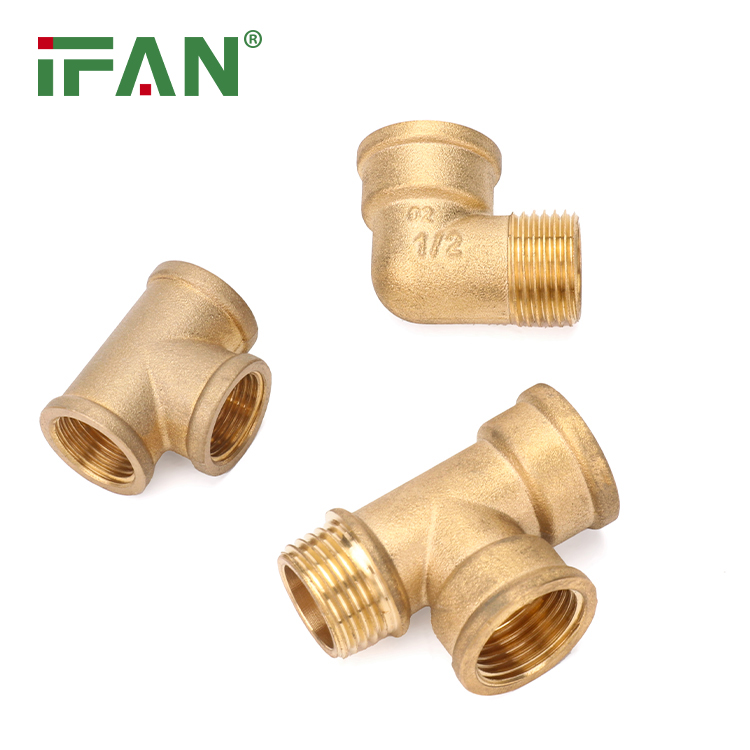The Role of Brass Fittings in Modern Plumbing
Introduction
Brass fittings play a crucial role in modern plumbing systems, enabling the efficient and reliable transportation of water and other fluids. With their unique properties and versatility, these fittings have become the preferred choice for professional plumbers and homeowners alike. This article will highlight the key aspects and benefits of brass fittings, illustrating their importance in modern plumbing.
What are Brass Fittings?
Brass fittings are components made from an alloy of copper and zinc, known as brass. This alloy possesses excellent properties that make it ideal for plumbing applications. By varying the proportions of copper and zinc, brass fittings can be tailored to meet specific requirements, such as corrosion resistance, durability, and aesthetic appeal.

Types of Brass Fittings
- Compression Fittings: Compression fittings are widely used in plumbing systems to connect pipes and fixtures. They consist of a compression nut, a compression ring (also known as a ferrule), and a body. These fittings create a tight seal by compressing the ring against the pipe, ensuring leak-free connections.
- Threaded Fittings: Threaded brass fittings have male or female threads that allow them to be screwed onto pipes or other fittings. They are commonly used in applications where disassembly may be required, as they can easily be unscrewed and reconnected. Threaded fittings provide a secure and reliable connection.
- Push-to-Connect Fittings: Push-to-connect (PTC) brass fittings are a convenient choice for both professional plumbers and DIY enthusiasts. These fittings feature a push-fit design, eliminating the need for any tools or soldering. By simply pushing the pipe into the fitting, a secure connection is established, saving time and effort during installation.
Benefits of Brass Fittings
- Durability: Brass fittings are highly durable and can withstand extreme temperatures, pressures, and corrosive environments. They do not rust or corrode easily, ensuring a long lifespan and reliable performance.
- Versatility: Brass fittings can be used with various pipe materials, such as copper, PEX, and PVC. Their compatibility expands their applications, making them suitable for both residential and commercial plumbing systems.
- Leak Resistance: Thanks to their compression and threading mechanisms, brass fittings offer excellent leak resistance. When properly installed, they create a tight seal that prevents water or gas leaks, ensuring the integrity of the plumbing system.
- Aesthetic Appeal: Brass fittings are known for their attractive appearance, adding a touch of elegance to plumbing fixtures and exposed piping. Their warm, golden hue gives them a timeless and classic look that complements different interior designs.
Conclusion
In modern plumbing systems, brass fittings are indispensable components that provide reliable connections, durability, and aesthetic appeal. Whether it is compression, threaded, or push-to-connect fittings, brass continues to be the go-to material for plumbers and homeowners due to its excellent properties. The role of brass fittings in modern plumbing cannot be overstated, as they ensure efficient water supply, prevent leaks, and contribute to the overall functionality and beauty of plumbing installations.






